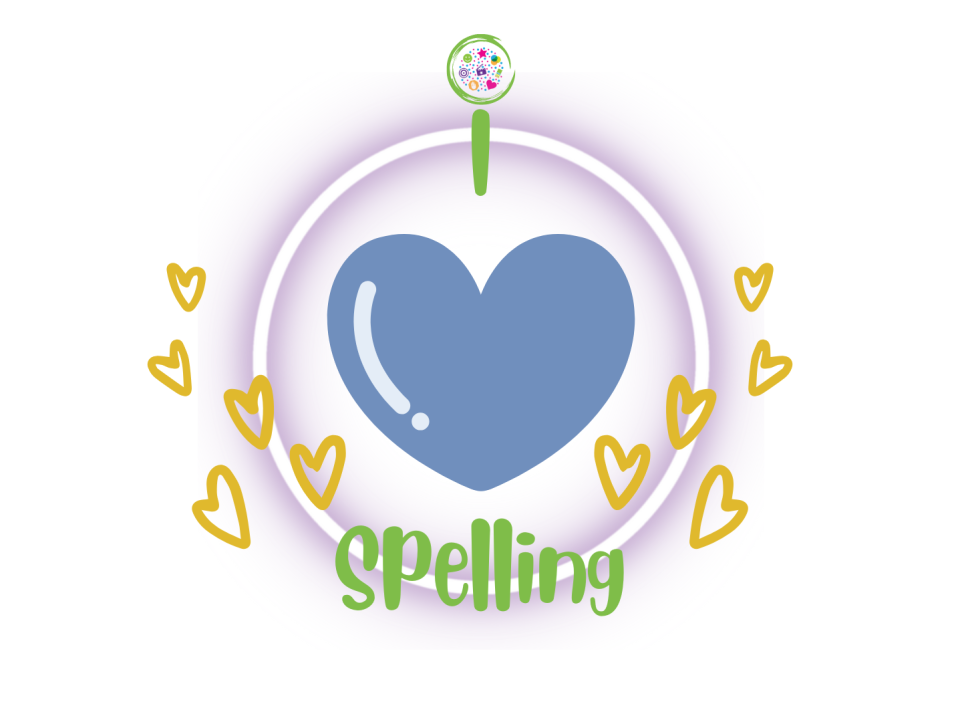Spelling tends to be one of those subjects that children are either naturally good at or struggle with. Spelling has become more challenging with the advent of texting and chatting which have developed their own lexicon (gtg, ttyl – got to go, talk to you later) and the heavy reliance on spellcheckers, which might suggest the wrong word depending on how the child has attempted to spell the word (veracious vs voracious; pour over vs pore over; allowed vs aloud, for example).
There are two different types of memory used when learning spelling. Visual memory (orthographic) and spelling memory. Visual memory is what the words visually look like in print. Spelling memory is the memory of letter sequences and sounds. It’s key to exercise both types of memory when teaching kids how to spell.
Some Ideas for Improving Spelling
- Word Wall – Word walls are most useful from Kindergarten to Grade 3. Keep the words current and relevant to what the children are learning. Include the Dolch word list, word families, and the 44 sounds of the English language.
- Finger Texting – When reading aloud, follow the text with your finger to help your child get familiar with what each world looks like and how it’s spelled as you say it. Only 12% of English words are actually spelled the way they sound!
- Magnetic Letters – Use magnetic letters on your fridge; leave each other silly notes.
- Meaning of the Word – Explain the meaning of the word to your child and where it came from (etymology). Many words share common roots, so helping your child recognize that can make it easier to spell tons of different words.
- Games and Apps – There are plenty of games and apps for teaching spelling to children. A quick Google search will help you find the ones appropriate for your family.
Ideas for Different Learning Styles
Ideas for learning styles adapted from “Spelling: Connecting the Pieces” by Ruth McQuirter Scott and Sharon Siamon.
- Visual Learners – Write out difficult words and leave out the letters that they are having trouble with. Highlight tricky letters in the word. Write problem letters in a different colour. Ask them to write a word several different ways and pick the one that looks right. Sort words by a visual pattern (drop the silent ‘e’ when adding –ing: hiking, joking, etc.). Use picture cards.
- Auditory Learners – Sound things out and exaggerate the consonants that are hard to tell apart (p, b, d, t). Ask what sounds they hear at the beginning or end of the word. Have them pronounce the silent letters in words and underline them. Clap or tap out the syllables of the word. Make songs to remember spelling.
- Kinesthetic Learners – Cut out letters from felt or sandpaper and let them physically practice spelling. Use a dry erase board or wipe-off crayons. Draw pictures of the word’s meaning. Use word tiles (Scrabble, Boggle). Use alphabet magnets. Teach typing on the computer.
The Twisted Tutors at Tutoring…With A Twist* not only support learners in every subject area, but we also support them with life skills. By helping learners develop the tools they need to succeed in the classroom, we also help them develop the tools needed to succeed in life.
*Services provided by With a Twist Education Ltd.

